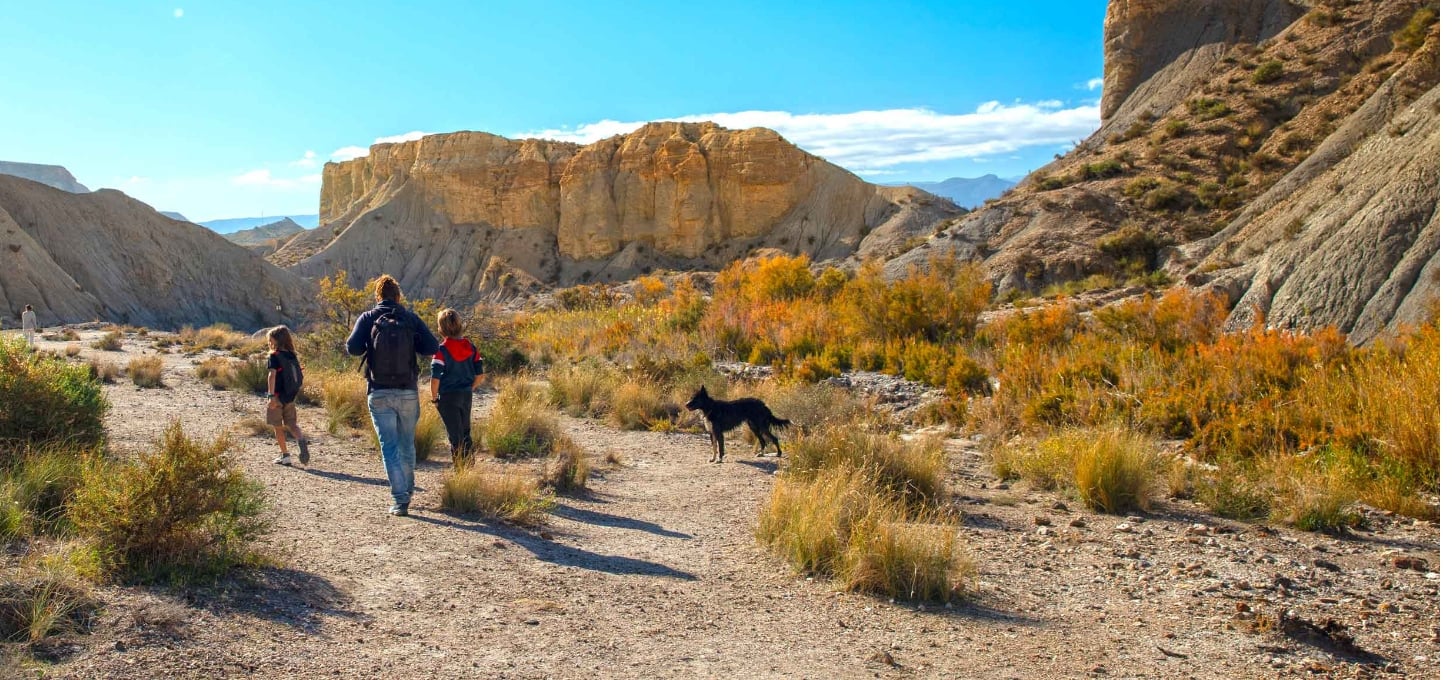Homeschool Laws and Resources by State
Homeschooling Laws, Information, and Resources for All 50 States
If you’ve chosen to homeschool, you’ll need to understand what your state’s homeschool laws require, and how you can meet those requirements with confidence. We’ve gathered that information for you so that you can focus on what matters most, your child!
State-Specific Homeschooling Resources
Click on your state below to learn more about its homeschooling options, laws, and resources.


A Better Way to Learn
Check Out Our Flexible Programs





